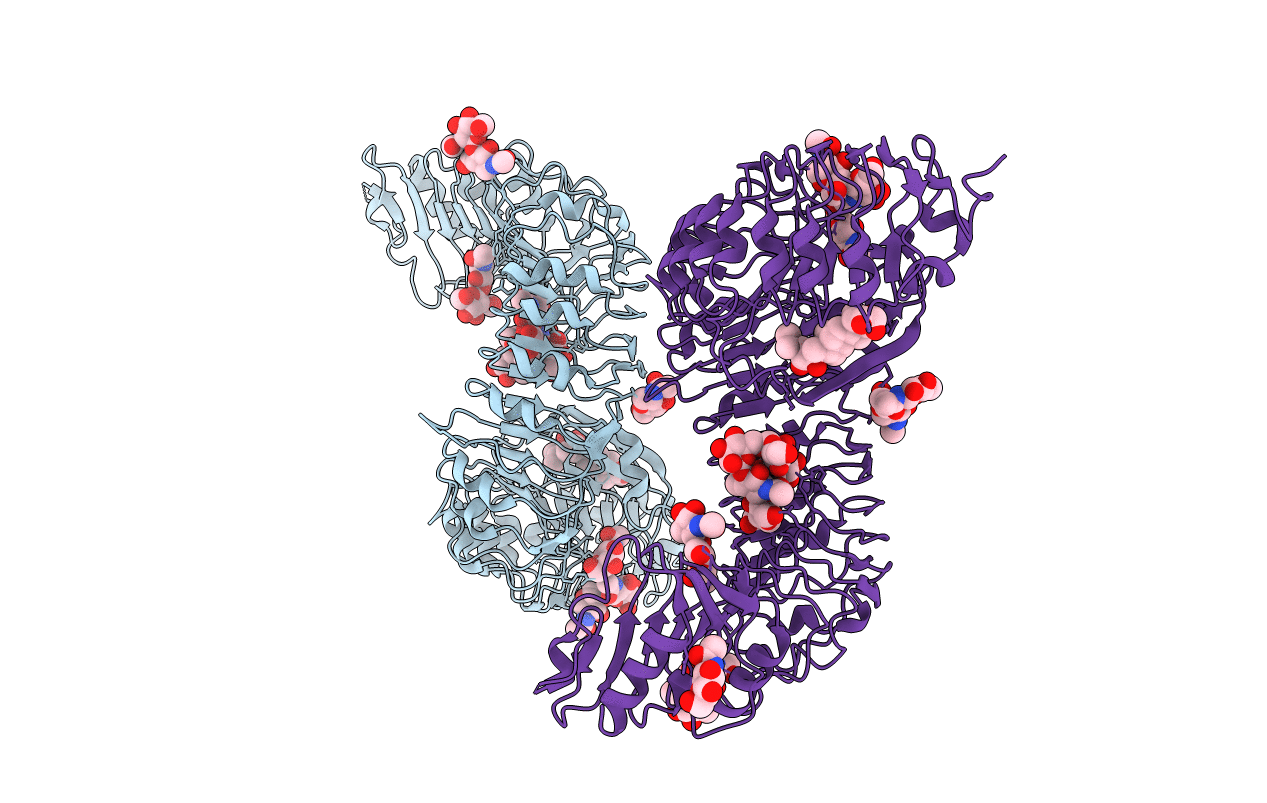
Deposition Date
2013-01-31
Release Date
2013-07-24
Last Version Date
2024-10-30
Entry Detail
PDB ID:
4J0M
Keywords:
Title:
Crystal structure of BRL1 (LRR) in complex with brassinolide
Biological Source:
Source Organism:
Arabidopsis thaliana (Taxon ID: 3702)
Host Organism:
Method Details:
Experimental Method:
Resolution:
2.50 Å
R-Value Free:
0.23
R-Value Work:
0.18
R-Value Observed:
0.18
Space Group:
C 1 2 1


